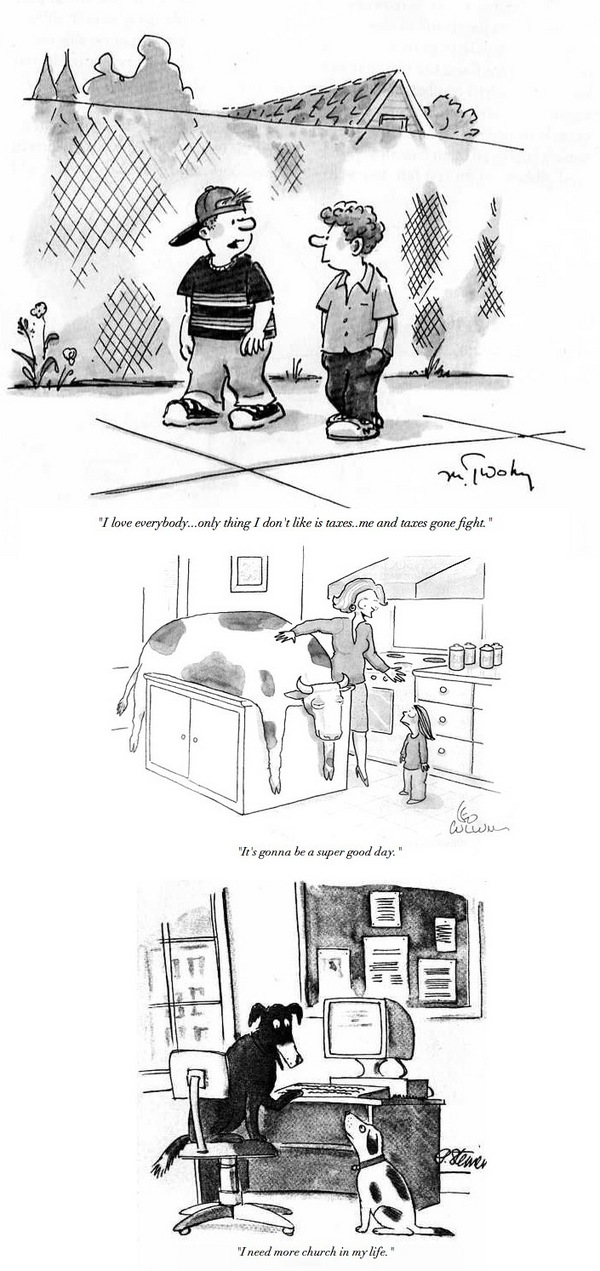Video
For some reason it’s the most pointless things that make me feel most encouraged about the human race:
Picture
I am naturally drawn to extremely long term, incremental projects. This probably explains why I have chosen to serialise 50+ issues of old Things on this blog at a rate of one a week; why I have spreadsheets tracking my sleep data going back nearly 10 years; and perhaps why it took me 6 years to complete a PhD. But as the title suggests, “He Took a Polaroid a Day” takes that kind of thing to a whole new level.
Quote
Leonard Bernstein: To achieve great things, two things are needed: a plan, and not quite enough time.
Last Week’s Puzzle
Last week I asked why buses come in clusters. I think the main problem is the feedback loops – any traffic fluctuation that causes a bus to become slightly delayed means a longer wait at the next bus stop, which means more people are likely to turn up. More people take longer to get on board, and as Xuan points out make it more likely the bus will need to stop more often. Meanwhile, when the next bus turns up there has been less of a wait since the last bus left, so fewer people board, and by the same token the bus can make faster progress, so the gap between buses is closed by feedback loops at both ends.
One answer is to hold buses to “even out gaps in the service” as does indeed sometimes happen. Xuan also suggests better data on how crowded imminent buses are would encourage people to wait for the next, more empty bus, easing the feedback loop. I also think the surfacing of real time public transport data – as could be viewed a few weeks ago – will help us collectively improve efficiency in a similar way.
Pictures
Kanye West begins tweeting in a rather ostentatious way. In a stroke of inspiration, someone thought to use his tweets to re-caption New Yorker cartoons. Examples below; full story here.


